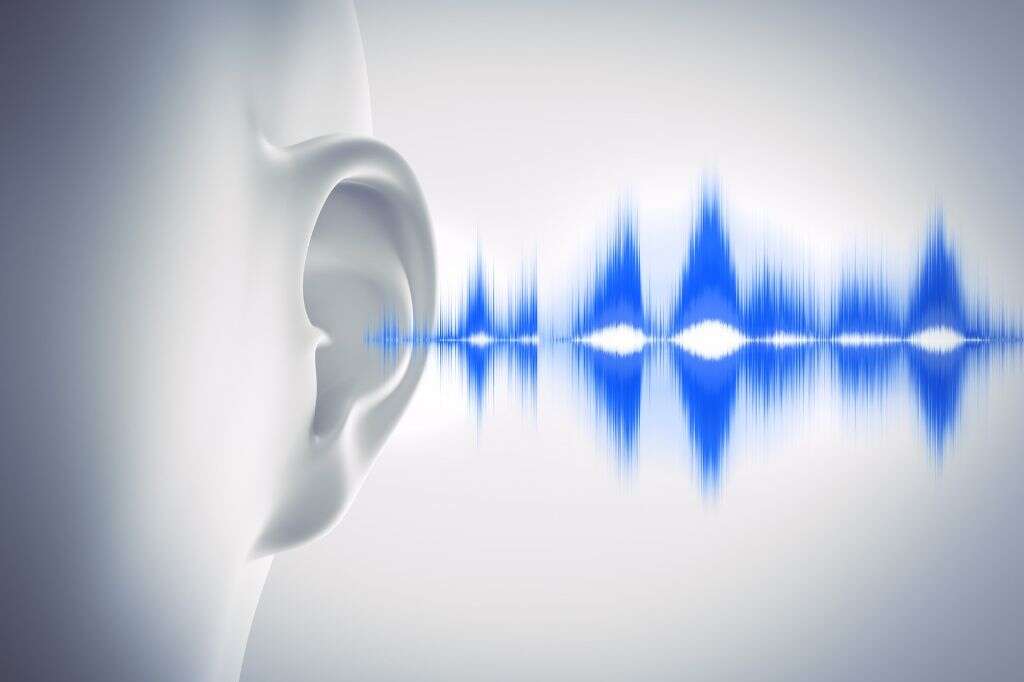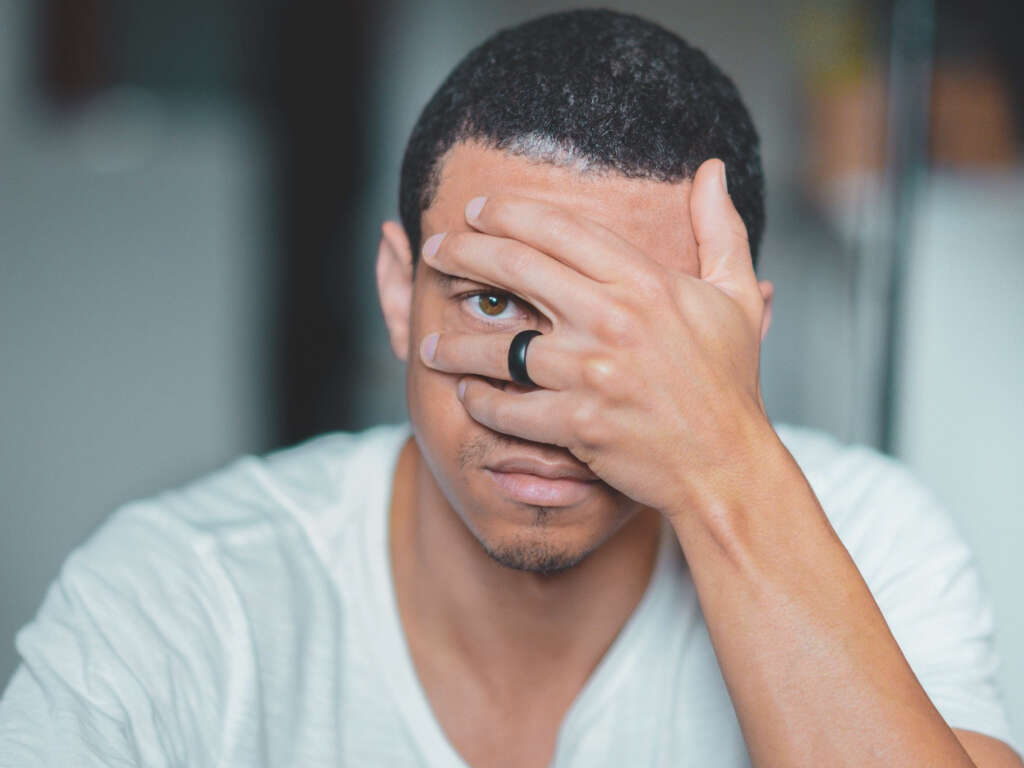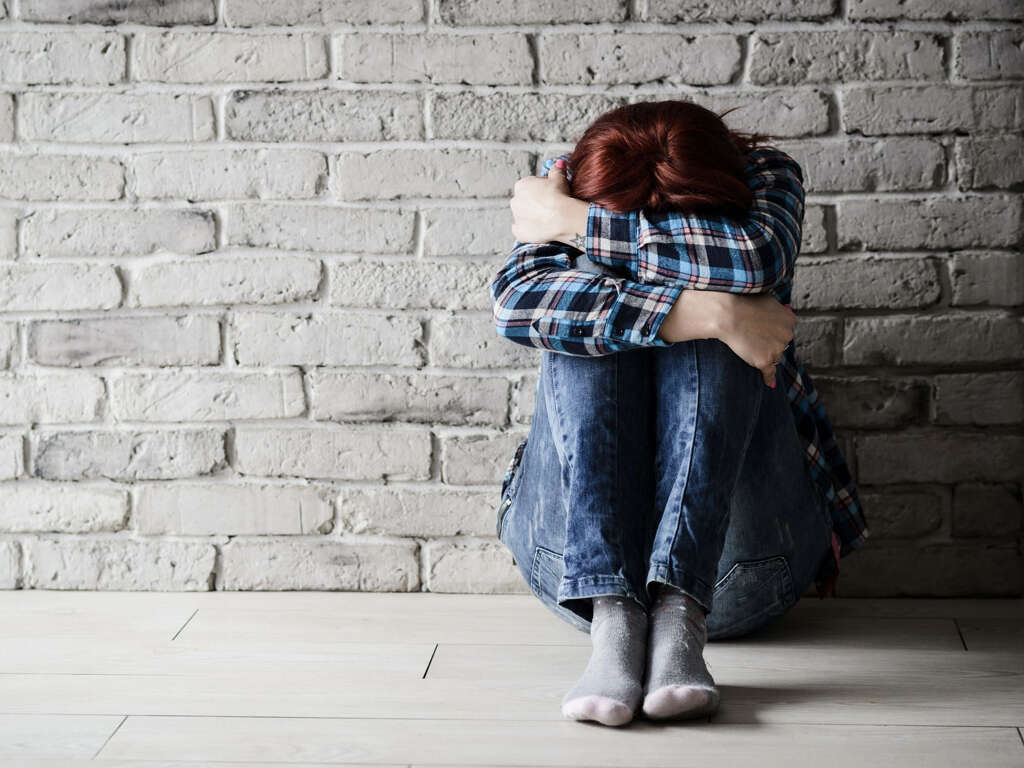What Is Misophonia?
We’ve all experienced times when a certain sound might be irritating. Few people like to be sat at a dinner table with noisy eaters with poor table manners, for example. While such sounds can often be rather unpleasant, they won’t usually cause us too much distress. We will usually just move on and forget about it before long.
It can be a lot harder to bear for some people, however. It can be harder to the point where they struggle to function properly and struggle to be around other people. There are a handful of medical conditions that can cause this, one example of which is misophonia.
1. Misophonia
Misophonia is also sometimes called selective sound sensitivity syndrome. There is some debate over exactly which type of disorder misophonia should be classified as. Some people insist that it should be classified as a mental health disorder, but not everybody is convinced that’s the case.
Either way, the condition is typified by an unusually strong reaction to certain sounds that the patient finds unpleasant. The reactions tend to be triggered by very specific sounds, and there are some types of sound that are more likely to be triggers. The reaction can range from being a mild irritation, to being downright unbearable.
2. Causes
There is a lot that yet needs to be learned about misophonia. We know so little about it that it is very difficult to say what causes it. We do know, however, that the condition is related to some other medical conditions. These include anxiety disorders, Tourette’s syndrome, and obsessive-compulsive disorder.
While misophonia is classified as a condition in its own right, the symptoms will often overlap with other medical conditions. For example, a patient listening to a certain sound might trigger an attack of Tourette’s symptoms. Some people are more likely to have the condition than others. These include women, and people with higher than average IQs. The symptoms usually start showing between the ages of 9 and 12.

3. Oral Triggers?
Some types of sounds are more likely to trigger misophonia than others are. They also tend to be common sounds that we are likely to encounter on a daily basis. One of the most common of all triggers is the sound of somebody eating. It can make it difficult for some people to eat at the dinner table.
Other common sounds include those made by the hands and fingers. The sound of loud breathing and other sounds from the nose can also trigger an attack. The trigger sounds will nearly always have to come from a human. For example, similar sounds that come from a pet are unlikely to cause any discomfort at all for the patient.
4. Visual Triggers
It is not only sounds that can trigger discomfort in misophonia patients. Visual triggers can also cause be the cause of uncomfortable reactions in some cases. Indeed, a study has shown that almost 12 in 100 patients with the condition will experience visual triggers as well as audio triggers.
Visual triggers are often movements that are associated with a certain sound. For example, some people might be uncomfortable by the movements of a hand that are needed for somebody to click their fingers. Repetitive motions will also be a trigger for some people, and patients with misophonia tend to also have a problem with repetitive sounds.

5. Mild Symptoms
For many people with the condition, their symptoms will be relatively mild. While they can be a source of some discomfort, the symptoms will often not have a considerable impact on the patient’s well-being. A common symptom is that the sound will generally make the patient feel uncomfortable, without causing too much distress.
Anxiousness is another fairly common symptom, while the patient may also find themselves disgusted by certain sounds. Some patients will find that certain sounds or visual triggers will give them an urge to get away from the trigger right away. If you do know somebody with the condition, it would be kind to try and avoid making certain sounds to help prevent them from feeling uncomfortable.
6. Stronger Symptoms
The symptoms mentioned so far can be uncomfortable for the patient, but still something that should not cause them too much distress. In some people, however, the intensity of the reaction can be far stronger. Such is the intensity of the reactions that they can be very distressing for the patient, and also other people around them.
Certain triggers can send the patient into a rage. The patient can hold a real hatred toward the sound and be extremely angry about it. In some cases, the trigger can even be terrifying for the patient and it can send them into a blind panic.

7. Impact on Life
In the more severe cases, misophonia can have a considerable negative impact on the patient’s quality of life. The risk of being exposed to certain sounds and other triggers can mean that they struggle to have a social life. It can also mean that the patient struggles to hold down a job.
In some cases, just being aware of a potential trigger can be enough to cause a response. It can leave the patient in a near constant state of anxiousness, and this can lead to further complications with the patient’s mental well-being. The good news is that treatment is available, and it can also be quite effective.
8. Tinnitus
Tinnitus is a condition where the patient experiences a ringing sound in their ears. It is closely associated with misophonia. Tinnitus is the result of an underlying cause, such as the patient losing their hearing as they get older. It is not a serious condition in itself although it can be discomforting.
Tinnitus can be subjective, meaning only the patient can hear it. It can also be objective, meaning other people can hear it on close examination. Sometimes, tinnitus has an underlying cause that can be treated. At others, tinnitus retraining therapy can help the patient to tolerate the noise better.

9. Counseling
Misophonia will often be extremely distressing for the patient, having a serious impact on their quality of life. In many cases, the patient may need counselling to help them get through life with the condition. Counseling can be very effective, however, even in the worst of cases. Many patients will go on to have fulfilling lives.
It can be important to note that tinnitus will have an impact on the people close to the patient as well. Their close relatives and friends can also need counselling to help them get through it, and to help them provide support for the patient as much as possible. Cognitive Behavioral Therapy can also be very effective.
10. Devices
Some patients can also turn to technology to help them overcome the problems misophonia can cause. Some devices have been developed that will help prevent the patient’s exposure to sounds that can trigger attacks. They can do this by streaming other sounds that will help to drown out triggers.
One common sound used is the sound of falling rain. Not only can this help to drown out the sound of some triggers, but the sound of falling rain can also be very soothing. The technology has been proven to be impressively successful so far, with 85% of patients using it experienced a marked improvement in their symptoms.











